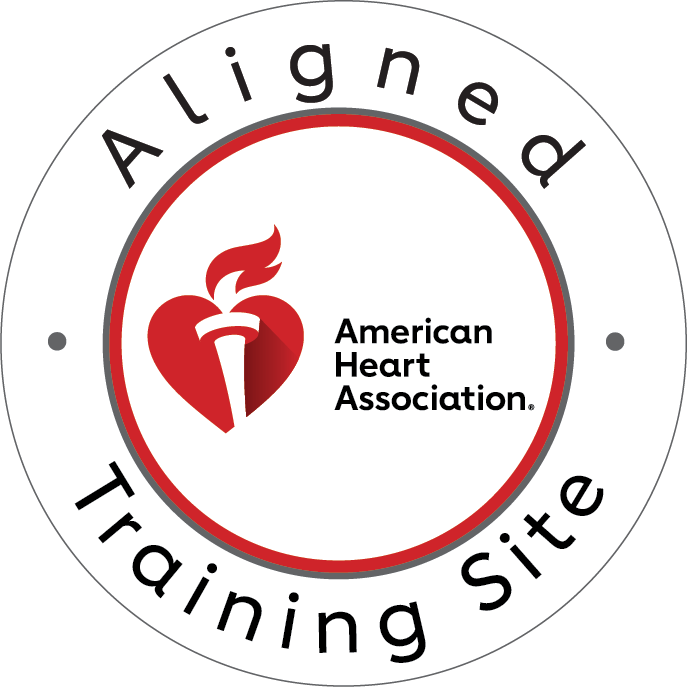Everyone's heard of CPR, or cardiopulmonary resuscitation. But how many people have wondered what the possible side effects are? After all, to be effective, CPR needs a lot of force—and that force can hurt you. How much does it hurt? Does it break your ribs? If so, how often does it happen? Let's investigate.

Broken ribs as a result of CPR are very common.
You might be wondering how often it happens that CPR causes broken ribs. Well, the answer is: a lot. Broken ribs are very common as a result of CPR, and they're not uncommon or rare either. In fact, broken ribs are so prevalent that they're not infrequent at all!
Researchers have known for decades that CPR can cause patients to break their ribs and other bones.
Researchers have known for decades that CPR can cause patients to break their ribs and other bones. Even a seemingly routine cardiac arrest can result in broken ribs, as the way that CPR is performed puts great force on the chest cavity.
CPR is a life-saving technique that should not be taken lightly. However, it's important to know its potential risks so you're aware of what to expect if you ever need this emergency procedure yourself or someone you love does.
Unfortunately, it is better to have a broken rib and a beating heart.
If you have to choose between a broken rib and no heartbeat, I'd go with the broken rib.
If you have to choose between a broken rib and no breathing, go with the rib.
If you have to choose between a broken rib and no pulse, still stick with the bone.
And if all those options are off the table? Well, then it's time for CPR!
Many broken ribs are merely cracked.
Many broken ribs are merely cracked. This means they're painful but not life threatening and can heal on their own.
Cracked ribs are treated with rest, ice, and pain medication. Occasionally they may be splinted to help reduce pain and keep the bones in place while they heal.
If you need to perform CPR on a patient, don't be afraid of breaking their rib.
The first thing you should know is that your patient will be more than okay with you breaking their rib. In fact, they'll be happy and grateful to have a beating heart, even if it comes at the expense of a broken rib or two.
Don't let this dissuade you from performing CPR.
When performing CPR on someone who has stopped breathing (which is not uncommon), there are three things that need to occur for them to survive:
- They need oxygenated blood circulating through their bodies;
- They need a functioning heart pumping this blood; and
- Their brain needs oxygenated blood flowing through it in order for them not to die from lack of oxygenation (and then death).
- If you need to perform CPR, don't be afraid of breaking the patient's rib.
Conclusion
If you've ever been in a situation where someone is experiencing cardiac arrest, you know how scary it can be. You may feel out of your depth or unsure of what to do. But if you're willing to learn and practice, anyone can learn CPR—and it can save someone's life.
That's why we offer our Adult/Child/Infant CPR BLS Training and AHA Certification classes in Willow Grove, PA. We'll teach you how to perform CPR on adults, children, and infants, as well as how to recognize when you should begin CPR, how long the patient's heart has not been beating before starting chest compressions, what steps are involved in performing chest compressions (including rescue breathing), and more.
Once you complete this course and receive your AHA Certification from us, we recommend that you practice on our state-of the art manikins at least once per year so that when the time comes you will be prepared.
This will ensure that you are able to perform CPR in the most effective way possible. By practicing on our manikins, you will be able to perfect your skills and become more confident in your ability to provide CPR.
For BLS certification classes visit the following see the Links below for upcoming AHA Basic Life Support Courses in the Philadelphia Region:
- BLS for Healthcare Providers Initial: https://www.willowgrovecpr.com/classes/bls-initial-certification
- BLS Renewal Classes Philadelphia: https://www.willowgrovecpr.com/classes/bls-renewal-certification
If you're in need of American Heart Association ACLS Provider Certification See the below links for upcoming ACLS classes in the Philadelphia Region:
- ACLS Provider Certification for First Time Learners: https://www.willowgrovecpr.com/classes/acls-initial-certification
- ACLS Renewal Certification Course: https://www.willowgrovecpr.com/classes/acls-renewal-certification
- ACLS & BLS Renewal Class: https://www.willowgrovecpr.com/classes/acls-bls-renewal-classes




